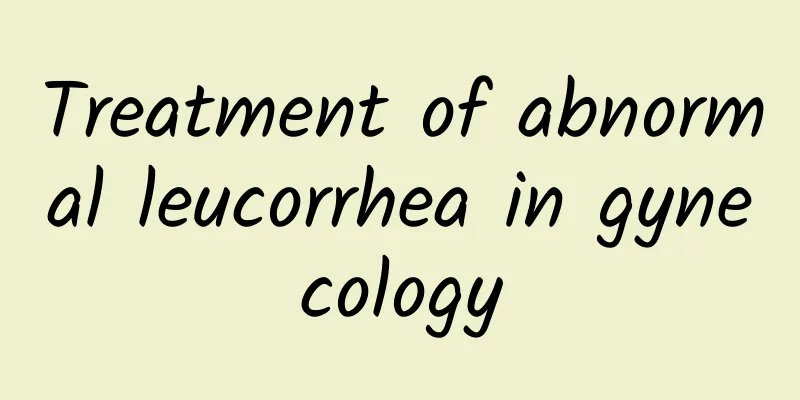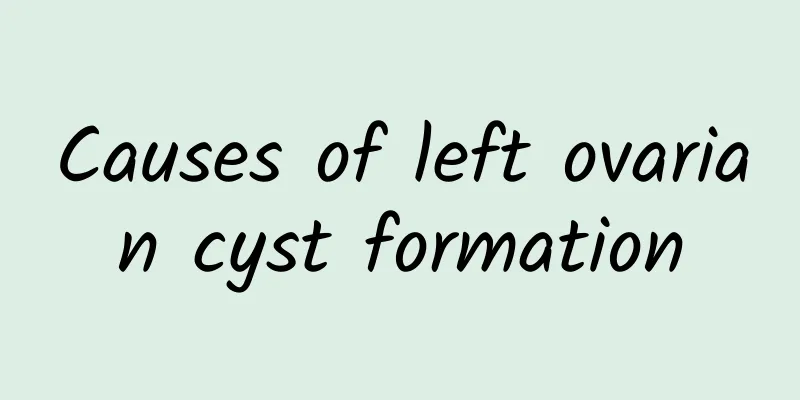Diagnostic steps of causal amenorrhea in traditional Chinese medicine

|
The diagnosis of causal amenorrhea should be based on a combination of traditional Chinese medicine and modern medicine, taking into account five aspects: genetics, environment, physical constitution, trauma and pathology. Through dialectical analysis, the root cause should be identified and a treatment plan should be developed. 1) Screening for genetic factors Some patients with amenorrhea may have a family history, which involves genetic influences, such as congenital ovarian insufficiency or chromosomal abnormalities. Modern diagnosis can clarify family genetic problems through genetic testing; Chinese medicine emphasizes regulating congenital deficiency of essence and blood, and can use prescriptions for strengthening the spleen and kidney, such as Liuwei Dihuang Pills or Zuogui Pills to improve basic physical constitution. 2) Influence of external environmental factors Long-term mental stress, improper diet, sudden and drastic weight loss or excessive exercise can easily lead to endocrine disorders in the body and cause amenorrhea. Chinese medicine believes that this is related to spleen and stomach disorders and poor circulation of qi and blood. It is recommended to reduce stress sources, eat a reasonable diet, avoid cold foods, and drink red dates and wolfberry tea frequently to strengthen the spleen and nourish the blood; if necessary, Xiaoyao Powder or Guipi Decoction can be taken for conditioning under the guidance of a Chinese medicine practitioner according to individual conditions. 3) Analysis of the impact of physiological constitution Traditional Chinese medicine focuses on observing the patient's overall physical condition. Qi deficiency, yang deficiency or blood stasis may affect the menstrual cycle. In terms of syndrome differentiation, Xuefu Zhuyu Decoction can be used for amenorrhea of Qi stagnation and blood stasis type; Jinkui Shenqi Pills are often used for amenorrhea of spleen and kidney yang deficiency type; Siwu Decoction and Bazhen Decoction are often used for both Qi and blood deficiency. 4) Trauma and damage to endocrine organs Previous reproductive system surgery, infection or trauma may damage the uterus and ovaries, causing amenorrhea. Such cases often require modern medical examinations, such as ultrasound or blood hormone level testing, combined with traditional Chinese medicine syndrome differentiation and treatment. For example, for blood stasis and menstrual stasis, Danggui Shaoyao San can be used to promote blood circulation and remove blood stasis. 5) Screening for pathological factors Pathological amenorrhea is often associated with systemic diseases, such as polycystic ovary syndrome, pituitary dysfunction or thyroid disease. These diseases can be clearly diagnosed through modern testing methods, such as six hormone tests or thyroid function monitoring. Traditional Chinese medicine focuses on adjusting the functional balance of the five internal organs and resolving pathological problems. For example, for patients with liver depression type polycystic syndrome, Chaihu Shugan San, which can relieve liver depression, can be used; for patients with phlegm-dampness stagnation type, Erchen Decoction or Cangfu Daotan Pills can be used to resolve phlegm and dampness. Through the diagnosis method of combining traditional Chinese and Western medicine, we can more comprehensively understand the root cause of amenorrhea, so as to provide personalized treatment according to the specific situation. If you encounter amenorrhea, you should seek medical attention in time and do not delay, so as to avoid affecting the female reproductive function or even the recovery of overall health. |
<<: What can a 43-year-old woman take to delay menopause?
>>: Is cervical erosion related to men's hygiene?
Recommend
Can I have children with cervical warts?
Women who have cervical warts, especially those o...
What are the symptoms of submucosal uterine fibroids?
Submucosal uterine fibroids often cause symptoms ...
Don’t eat the wrong things to lose weight! Are you eating real vegetables? Or "starchy vegetables"? Nutritionist to crack
If you want to lose weight successfully, you shou...
What are the main symptoms of Bartholinitis?
Bartholinitis is a common disease among women, wh...
Does mild cervical erosion need treatment? Common knowledge about diseases related to mild cervical erosion in women
Nowadays, almost all women have gynecological dis...
What is the cause of multiple uterine fibroids?
Multiple uterine fibroids are a common gynecologi...
Exercises you can do with endometriosis
We all know that endometriosis is a disease that ...
Can I go to work in the afternoon after having an abortion in the morning?
If you had an abortion in the morning, it is best...
Does the left ovarian cyst still ovulate? What is the impact?
Left ovarian cyst refers to a cystic mass in the ...
Causes of adnexitis
Nowadays, many women lack knowledge about disease...
What to do if there is residue in the cervical canal after spontaneous abortion
If there is any residue in the cervical canal aft...
What medicine can stop menstruation?
Drugs that stop menstruation do exist, but they n...
What causes adnexitis and what medicine should I take?
Adnexitis is usually caused by infection and can ...
What are the dietary taboos after miscarriage? I have listed them for you
After miscarriage, you should pay attention to yo...
Expert answer: How to adjust your mental state before abortion
Nowadays, artificial abortion has been accepted b...









